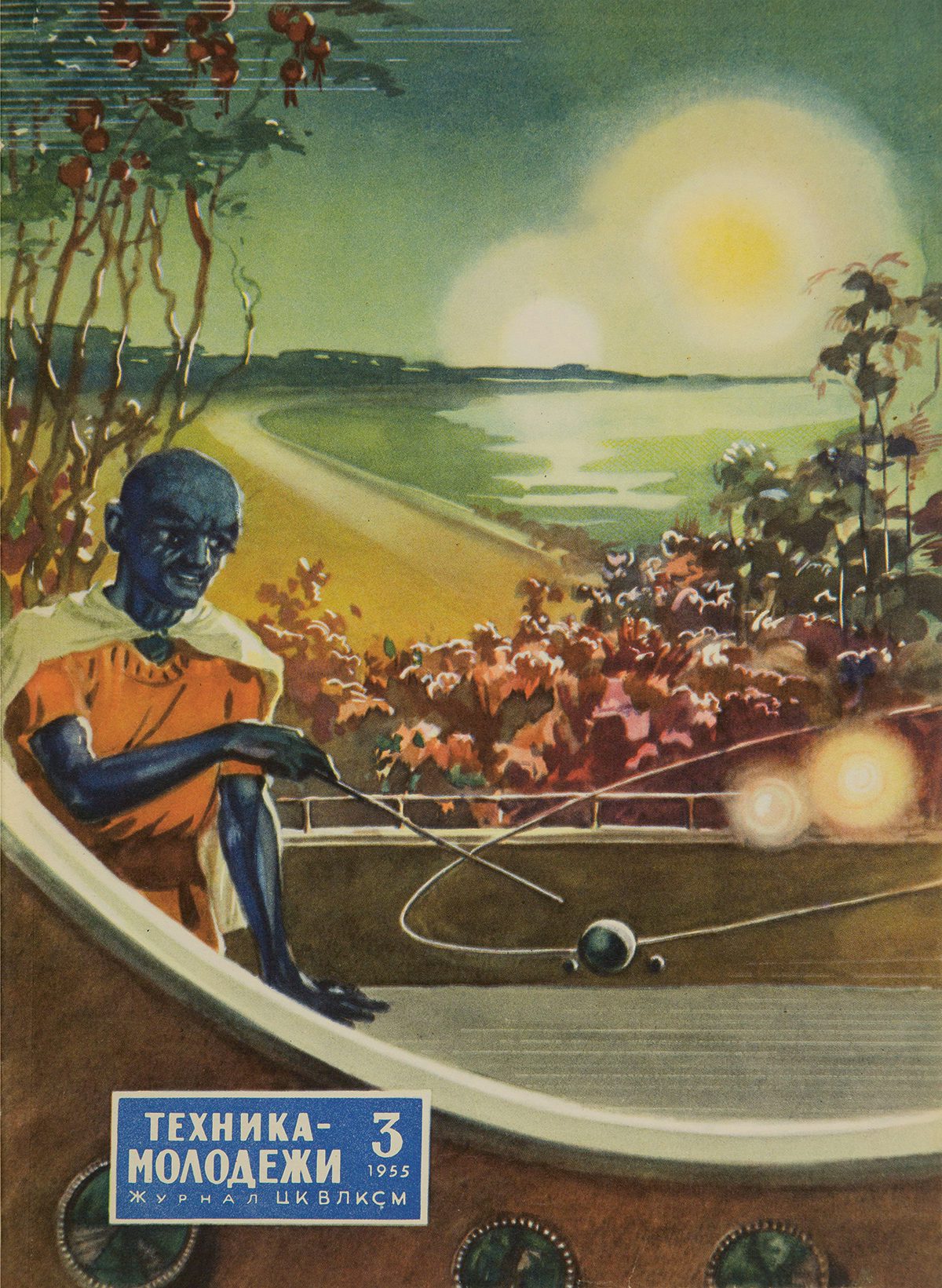A voyage into Soviet-era space graphics
Moscow Design Museum founder Alexandra Sankova explains why graphic design magazines were so prevalent in the Soviet era, and takes us through the history of USSR space art – which goes back much further than the space race
Though the Cold War era spanned roughly 45 years, it’s largely defined – at least on a broad, retrospective scale – by the two-decade period slap bang in the middle: the space race. It was an extended period of heightened tensions between the USA and the USSR, who became embroiled in a rivalry ultimately aimed at demonstrating whose people and technologies were really superior when it came to space travel.
Throughout this time, the USSR produced a wealth of space iconography that served as a crucial arm of the union’s propaganda, championing its cosmonauts, scientists and space dogs through celebratory, aspirational graphics. However, though the space race is typically recognised as kicking off in the mid 1950s, space graphics had formed a pivotal role in Soviet art for much longer – as early as the 1920s. “Space was already in the circle of interest of artists and scientists right after the revolution,” explains Alexandra Sankova, founder of the Moscow Design Museum. Published by Phaidon, Sankova’s new book Soviet Space Graphics: Cosmic Visions from the USSR delves into the rich visual history of space art, complete with over 250 illustrations produced by the Soviet Union.














